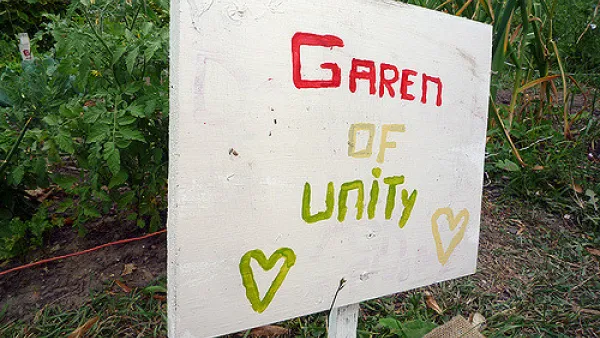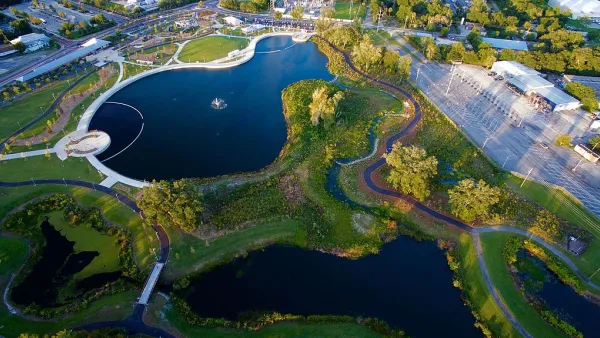Thanks to industrialized agriculture, there’s a wide gulf between those who produce food and those who consume it. Too many city-dwellers lack access to nutritious, non-processed foods. Dave Steel thinks that urban agriculture is the key.
"When we think of the many technologies that have made possible the rise of the modern city, we usually think of things like railroads, structural steel, or great feats of engineering like bridges and tunnels, or water works.
But my nomination for the one invention that brought the greatest change to the American urban landscape is one that most of us don't associate with cities: the tractor.
The tractor ushered in the era of industrialized agriculture and food production. When the tractor showed up on the farm, the work of planting and harvesting crops suddenly could be performed by far fewer people. It might not be an exaggeration to say that if it weren't for the tractor, the modern American metropolis as we know it wouldn't exist. If farming were still done by hand, most of us would still be living and working on farms in order to grow enough food to sustain our society. As it is, only 2% of America's population farms for a living.
Industrialized agriculture made cities possible, and has given our modern society an abundance never before dreamed of."
Thanks to Dave Steele
FULL STORY: Beyond the Backyard Garden: Urban Agriculture

National Parks Layoffs Will Cause Communities to Lose Billions
Thousands of essential park workers were laid off this week, just before the busy spring break season.

Retro-silient?: America’s First “Eco-burb,” The Woodlands Turns 50
A master-planned community north of Houston offers lessons on green infrastructure and resilient design, but falls short of its founder’s lofty affordability and walkability goals.

Delivering for America Plan Will Downgrade Mail Service in at Least 49.5 Percent of Zip Codes
Republican and Democrat lawmakers criticize the plan for its disproportionate negative impact on rural communities.

Test News Post 1
This is a summary

Test News Headline 46
Test for the image on the front page.

Balancing Bombs and Butterflies: How the National Guard Protects a Rare Species
The National Guard at Fort Indiantown Gap uses GIS technology and land management strategies to balance military training with conservation efforts, ensuring the survival of the rare eastern regal fritillary butterfly.
Urban Design for Planners 1: Software Tools
This six-course series explores essential urban design concepts using open source software and equips planners with the tools they need to participate fully in the urban design process.
Planning for Universal Design
Learn the tools for implementing Universal Design in planning regulations.
EMC Planning Group, Inc.
Planetizen
Planetizen
Mpact (formerly Rail~Volution)
Great Falls Development Authority, Inc.
HUDs Office of Policy Development and Research
NYU Wagner Graduate School of Public Service





























